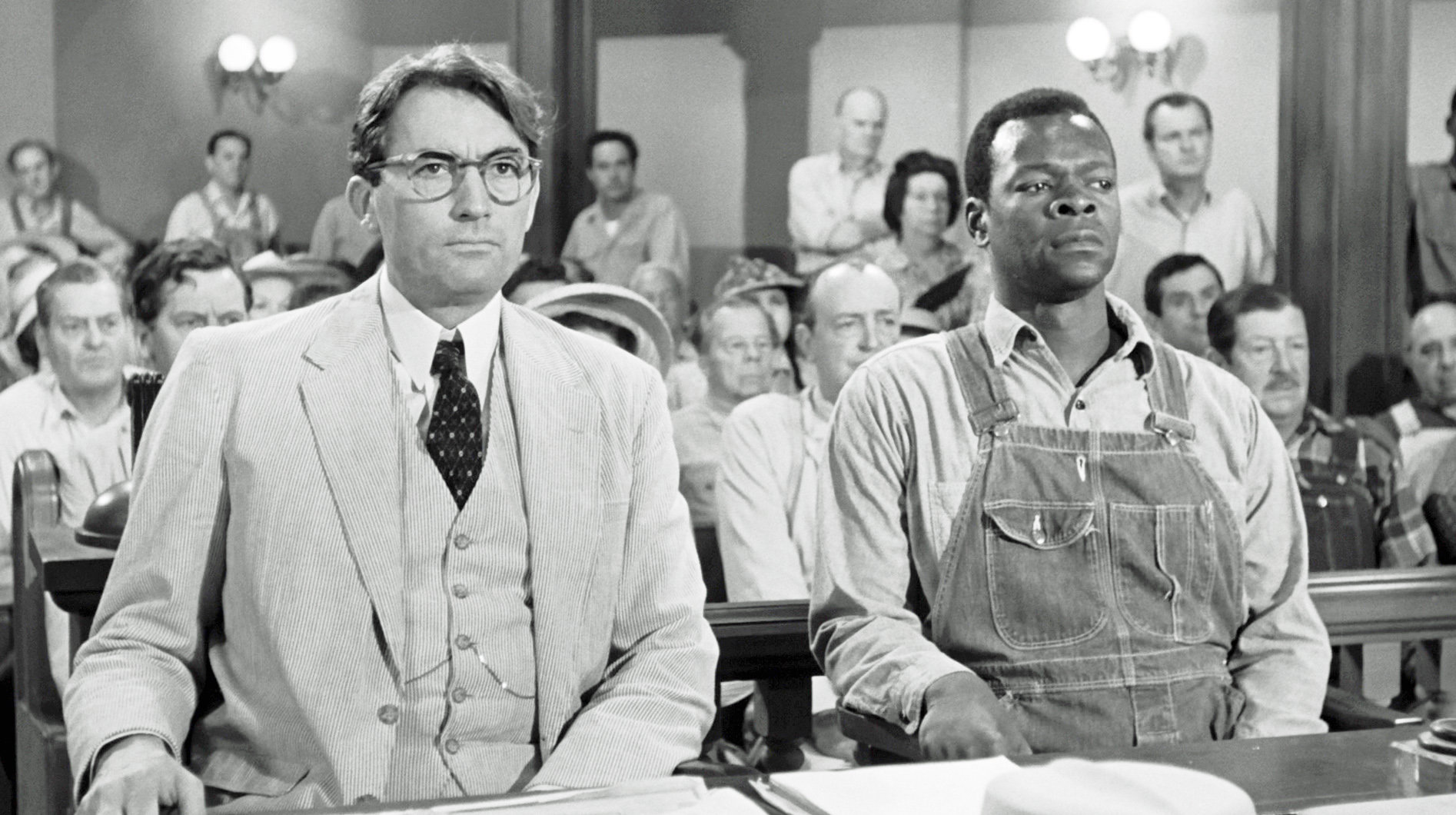Revisiting To Kill a Mockingbird: A Great American Classic

Written by Natale Ryan
During the 1930s in Alabama, USA, racism was alive and rife throughout the area. It was illegal for people of different races to marry or pursue a relationship of any kind. Bathrooms, swimming pools, and exits were clearly labeled “Colored Only” or “Whites Only.” It was into this time that Harper Lee was born. Growing up in the Deep South, she had a front-row seat to the prejudice and unnecessary hate of racial bigotry. When Lee was in her twenties, she penned one of the most remarkable books of all time: To Kill a Mockingbird.
Two years after the release of her very well-received novel, a movie adaptation was released by Universal Pictures. The movie starred Gregory Peck as the main protagonist, Atticus Finch. Finch is a widowed lawyer who is raising two children as a single father. His daughter, Scout, is the narrator of the story. The central tale revolves around a black man named Tom Robinson who is falsely accused of attacking a white woman. It is clear in the movie that the accusations are false, but during that period of time, the illegality of whites and blacks together convinced the accused white woman to lie and hide her attraction to Robinson from the public eye. Finch is appointed as Robinson’s lawyer and accepts the job because it is the honorable thing to do.
At the same time, there are two side stories occurring within the movie’s plot. The father of the plaintiff (the white woman involved in the case), Mr. Ewell, is furious at Atticus and accuses the lawyer of betraying his race and setting a poor example for his children. There are moments in the film where it is clear that Ewell is planning on targeting the Finch family. Concurrently, Scout and her brother, Jem, are enthralled by the story of the mysterious next door neighbor’s son, Boo Radley. The children begin to try and peek into the home, and they have exchanges with Radley that I won’t spoil here!
This film highlights many themes such as the atrocities of racial, gender, or economic biases. In the movie, the Finch family is middle class, but they are friends with lower-class individuals that have been severely impacted by the stock-market crash. Through Scout’s eyes, we can see the innocence of not understanding why some people are embarrassed by their income. An example of gender bias can be seen when Scout voices her hatred for the dresses she has to wear to school (when she would much rather wear jeans like her brother).
The use of audio track in the movie is excellent. The editor and director knew when to use a subtle musical score and when not to. For instance, in one scene there is no music, which highlights the nervousness of the characters involved, and the only audible sound is footsteps crunching dead leaves. The most impressive use of sound in this film is in the opening scene. It involves Scout opening her box of treasures. She begins to hum and color, tracing out the title of the film with her crayon. In this one scene, we feel everything about the movie. We hear the innocence of a child, and we hear the ticking of a pocket-watch, indicating the passing of time.
This film won multiple awards, and Gregory Peck took home the Best Actor award at the 1963 Oscars. This is one of my favorite films of all time. It is a mixture of drama, suspense, and light comedy. It is a family film, as well as Scout’s coming-of-age story. Harper Lee passed away in 2016, but her mark on literary history will last for eternity. If you too are a hardcore To Kill a Mockingbird fan, you should visit the town of Monroeville, Alabama. There, they have annual “Mockingbird Festivals,” where a stage performance of the novel is performed, and you can visit the historic courthouse from the film. If you haven’t seen this film, I recommend you add it to the top of your watch list.







